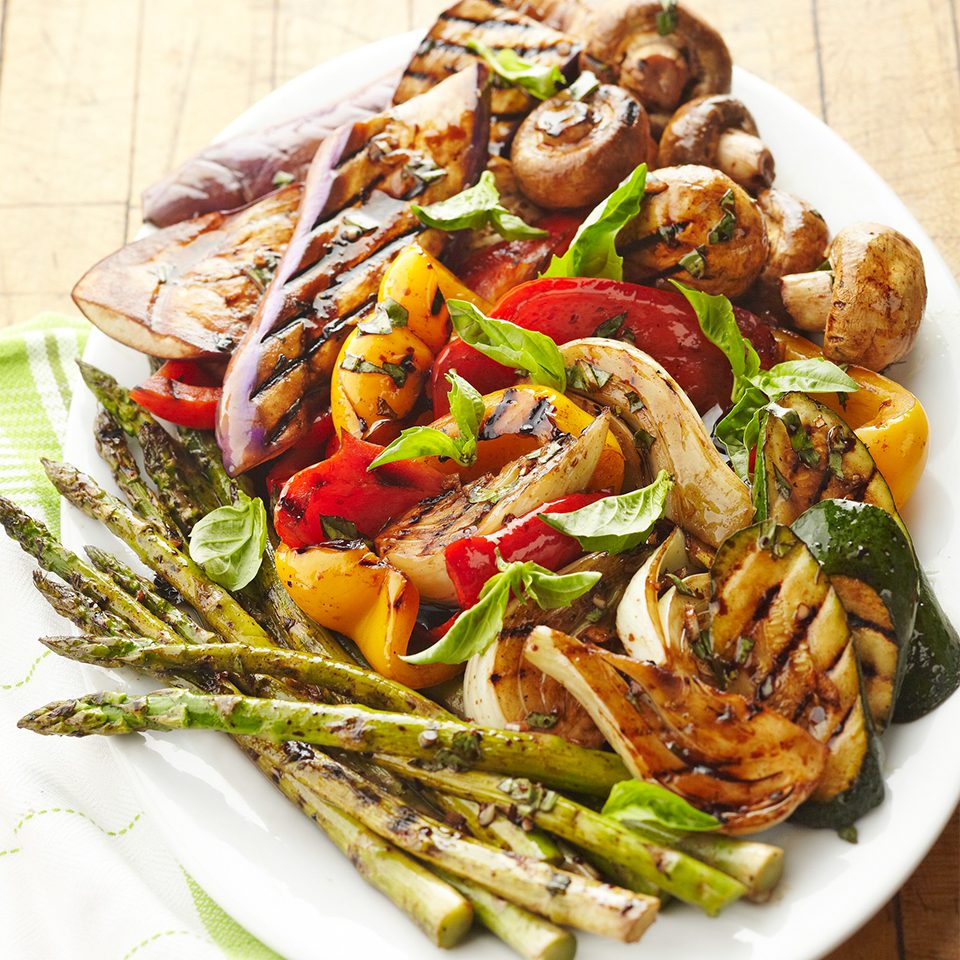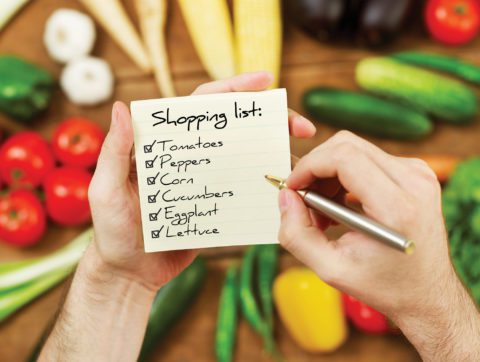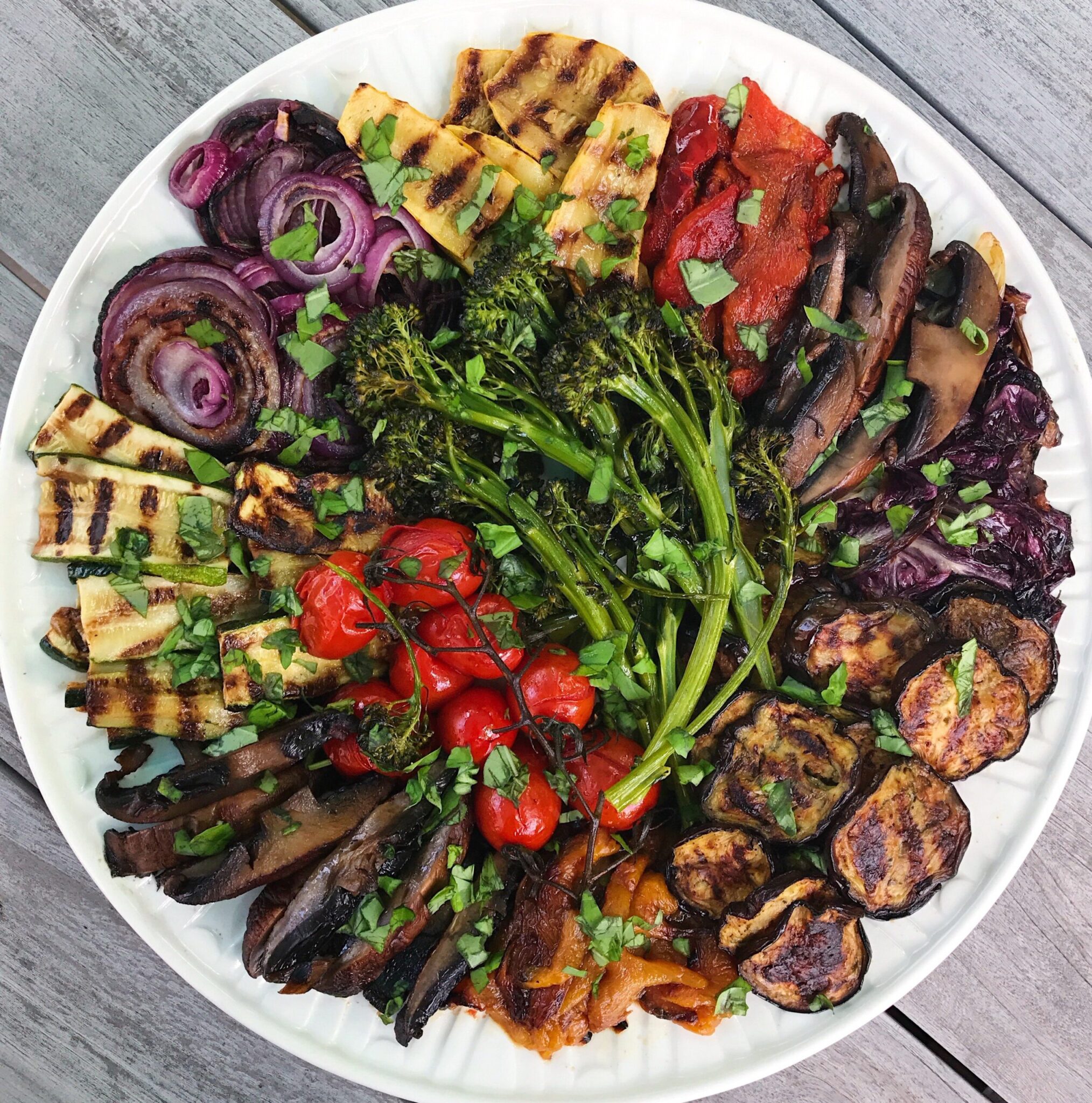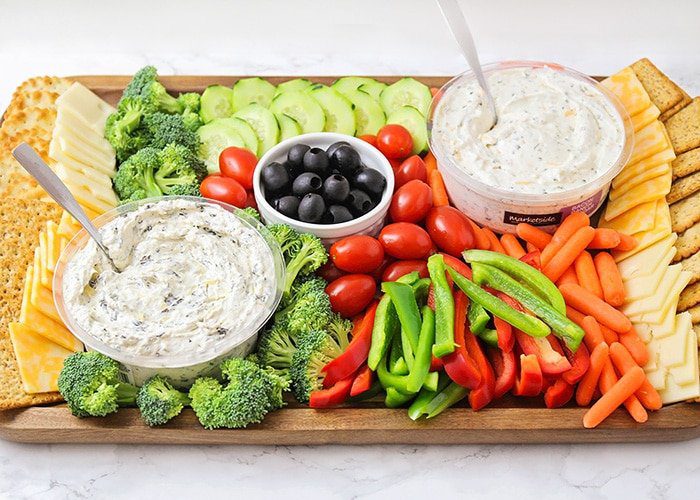Assembling a unique vegetable plate is a chapter of every buffet on your fingers, but how often do you come to a graduation or concert to find the same? And if you’re lucky, are all the pepper strips reluctant to buy a tub at the ranch processing plant?
No wonder no one likes vegetables. Instead, imagine that you want a world where vegetable dishes are prepared from fresh seasonal vegetables. Fresh pink radishes wander the fields of Elyse with bright green stems of fresh green asparagus.
Bitter endives enjoy sweet, ripe grape tomatoes under young zucchini’s careful but healthy eyes. The lettuce leaves release the brake and first dive into a homemade, skinny dip next to the young hereditary roots, which are doing things that are not right.
Now is the time to refine your carrots and celery in real orgies of hedonistic vegetarian delicacies.
Just a trip to a good vegetable market and a little effort. Pals we are here to guide you on how to assemble a unique vegetable plate.
How to Prepare Vegetable Plates
There is no way to get through all the possible vegetables you put on a plate of crudité, but here are the ones you are likely to find, along with tips on the best way to make a unique vegetable plate.
The key is to remember that people eat with their hands, so vegetables and a shape that can be soaked must be picked.
- Peel the artichokes and cut them into hearts, remove from the stew and simmer or steam until soft. Baby artichokes can be left entirely with the leaf tips removed in summer or smoked until they soften.
- Asparagus of all colours can be served coarse and unpeel if it is too thin. Thicker stems should be removed from the top two inches and below, then blanch briefly in boiling salted water and soak in ice until they are still soft.

- Divide the children’s romaine lettuce, small gem and other fresh small salad into individual leaves until almost served, wash thoroughly with cold water and dry in a centrifuge.
- Peppers should be sliced and sliced.
- First, separate the broccoli and cauliflower into giant flowers. Then, depending on their softness, serve them raw or briefly blanched in boiling salted water, shake them with ice water, and let them dry in a salad centrifuge.
- Blanch the broccoli and broccoli briefly in boiling salted water, shake with ice water and dry in a salad centrifuge. Carrots and parsnips will depend on size. Full-size carrots can be cut into pieces and served raw (stored in cold water to keep them wet).
- Parsnips should be blanched in boiling water until soft. Baby carrots should be peeled with the tip of the steel (when peeling, make sure that dirty particles get around its stems – they look like dirt under the nails), and then they can be coarse or cooked soft in salt water.
- Celery can be easily cut into stems and served. Celery should be peeled for tastier plates to remove all long, sticky, fibrous strands. Store celery in ice water.
How to Assemble A Veggie Platter
Assembling a veggie platter is a great way to provide a healthy and colorful snack or appetizer for a gathering or party.
Here’s a step-by-step guide on how to assemble a delicious veggie platter:

Ingredients and Supplies to Assemble a Veggie Platter
- Assorted Vegetables: Choose a variety of fresh vegetables. Common options include carrots, celery, cucumber, bell peppers, cherry tomatoes, broccoli, cauliflower, and snap peas. You can also add radishes, zucchini, or other veggies.
- Dip: Serve your veggie platter with a tasty dip. Popular options include hummus, ranch dressing, tzatziki, or a yogurt-based dip.
- Platter: Select a platter or a large serving tray that can accommodate all the veggies you plan to use.
- Garnishes (optional): Consider fresh herbs (parsley, cilantro, or dill), olives, or lemon wedges for added flavor and presentation.

Instructions to Assemble Veggie Platter
- Wash and Prep the Vegetables
- Rinse all the vegetables thoroughly under cold running water.
- Peel and trim the vegetables as needed. For example, peel carrots and trim the ends of celery.
- Cut the vegetables into bite-sized pieces or sticks. You can also leave some veggies whole, like cherry tomatoes.
- Arrange the Platter
- Start by placing a small bowl or ramekin in the center of your platter. This is where you’ll put the dip.
- Begin arranging the prepared vegetables around the dip bowl. Group similar veggies together for a visually appealing display.
- Use the larger vegetables like carrot sticks and cucumber slices to create the outer border of the platter. Gradually work inward with smaller veggies like cherry tomatoes and snap peas.
- Add Garnishes (Optional)
- Sprinkle some fresh herbs over the vegetables or place a few herb sprigs on the platter for added color and flavor.
- Arrange some olives or lemon wedges around the platter for extra flair.
- Serve with Dip
- Place the dip (e.g., hummus, ranch dressing) in the bowl at the center of the platter.
- You can also include additional small serving utensils like tongs, forks, or toothpicks to make it easy for guests to grab their veggies and dip.
- Chill and Serve
- If you’re not serving the veggie platter immediately, cover it with plastic wrap or aluminum foil and refrigerate until you’re ready to serve.
- When it’s time to serve, set the veggie platter out on your table or buffet for guests to enjoy.

Consider your guests’ preferences and dietary restrictions when choosing vegetables and dips. A well-arranged veggie platter looks appetizing and provides a healthy and colorful option for your guests to enjoy.
You can also choose the grilled vegetables to assemble your veggie platter.
Vegetable Plates Preparing – Tray Ideas
- Cherry or grape tomatoes should be served as such. Place it on a rack, if possible, for a beautiful presentation.
- The cucumbers must be clean and cut in half lengthwise. The seeds are removed with a spoon; then, the stems are cut lengthwise.
- Andy vies and related bitter vegetables, such as chicory, should be considered small salads. When serving, separate the individual leaves as much as possible. Wash thoroughly with cold water and dry on a salad spinner.
- Fennel should have a central core; remove the green stems, and cut the white onion into thin calves. Fiddleheads should be lightly chopped into any scattered leaves or toasted pieces. Then blanch for about 30 seconds in boiling salted water and stir with ice water.
- Green beans can be served entirely raw as they are thin and delicate. Thick green beans (wax beans) are blanched briefly in boiling salted water and dripped with ice water.
- Jicama can be cut into pieces and stored on a wet paper towel until served.
- Radishes can be easily scrubbed and served with a few leaves attached as a handle. I like the sweet, delicate, spicy little French morning radish. If your regular radish is much larger, it can be divided into halves or quarters.
- Peas and snow peas should be a strip of stalks. Then they can be served entirely raw or briefly blanched in salted boiling water and armed in an ice bath.
- Zucchini or squash in the summer should only be on sticks. Then briefly blanched in salted boiling water and mixed in an ice bath. When you find baby pumpkins, they are even tastier. They have a crispier texture and a more intense taste than their larger counterparts. And blanching is easier because they are protected around the skin.
FAQs
What are some tips for assembling a unique vegetable plate?
Some tips for assembling a unique vegetable plate include using a variety of vegetables with different colours, textures, and flavours; incorporating seasonal produce; adding fresh herbs and spices for flavour; and experimenting with different cooking methods such as roasting, grilling, or steaming.
What vegetables are good choices for a unique vegetable plate?
Many vegetables can be used for a unique vegetable plate, including broccoli, cauliflower, carrots, sweet potatoes, zucchini, bell peppers, asparagus, green beans, Brussels sprouts, and mushrooms. It’s essential to choose vegetables that are in season and complement each other in flavour and texture.
How should I prepare the vegetables for my vegetable plate?
The preparation method for your vegetables will depend on the type of vegetable and your desired outcome. Some vegetables, such as carrots or bell peppers, can be eaten raw, while others require cooking. Roasting, grilling, and steaming are great ways to cook vegetables for a vegetable plate. Seasoning the vegetables with herbs, spices, or a dressing for added flavour is essential.
Can I add protein to my vegetable plate?
Add protein to your vegetable plate for a more filling and balanced meal. Some protein options include grilled chicken, tofu, chickpeas, or a hard-boiled egg.
How can I make my vegetable plate look visually appealing?
To make your vegetable plate look visually appealing, try to arrange the vegetables in an aesthetically pleasing way. Use different colors and textures to create contrast, and consider adding a garnish such as fresh herbs or a sprinkle of chopped nuts. You can also use various serving dishes and platters to add visual interest.
Conclusion
Assembling a unique vegetable plate can be a fun and creative way to incorporate more plant-based foods into your diet. You can create a delicious and visually appealing meal by using various colorful and flavorful vegetables, experimenting with different cooking methods, and adding protein and fresh herbs.
So go ahead and get creative with your vegetable plate, and enjoy the many benefits of eating more plants!

Comments are closed.